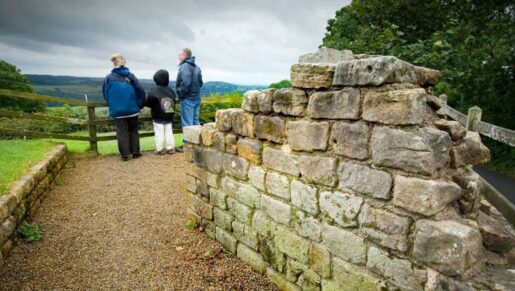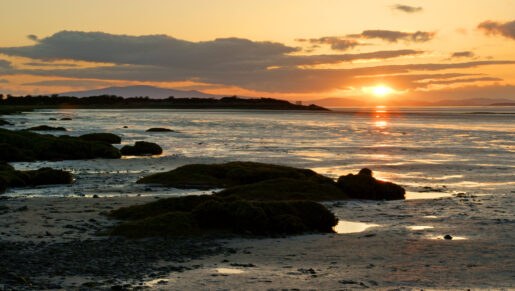
Burgh-by-Sands
Start Exploring
Once a Roman Fort called Aballava the village has been occupied continuously since Roman times. Following the end of the Roman Empire in 410AD stones from Hadrian’s Wall provided a source of material for buildings, from St. Michael’s Church, to manors, farmhouses and barns. Although the remains of the Wall are no longer visible worked Roman stones are all around in the buildings – one with a criss-cross pattern can be seen inside the Church.
In 1307 Burgh-by-Sands was the resting place of a powerful Medieval King, King Edward I (known as ‘Edward Longshanks’ or ‘The Hammer of the Scots’). He arrived in poor health on 5th July and set up camp at Burgh Marsh. The great Plantagenet King died on 7th July and his body was brought to Burgh Church to lie in State before being taken to London. A monument on Burgh Marsh marks the spot where he died.
Following this the area became increasingly lawless. With almost continuous cross-border warfare the inhabitants decided to build the west tower of the Church as a place of refuge and defence in the 14th century. While people were protected in the tower during raids, farm animals were driven into the nave of the Church for safety.
Later, in the 16th century, the notorious Border Reivers terrorised the area, from both sides of the border – the word “bereaved” being derived from their title, is an indication of the destruction they wrought and the fear they inspired.
As more peaceful times have descended on the Borders, the area has become particularly renowned for its rich natural history, birdlife and wonderful sunsets. St. Michael’s Church welcomes visitors and can offer more insight into the fascinating history of this village.





